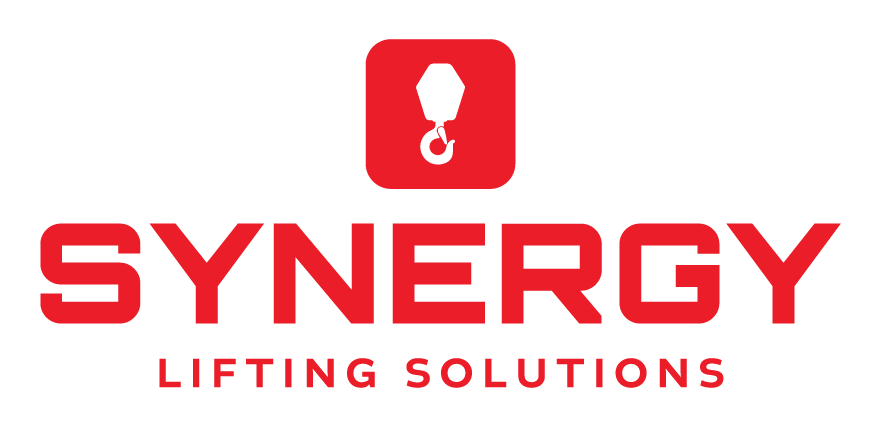Vehicle Size
Haulage vehicles come in a range of sizes and types, with Heavy Goods Vehicles (HGVs) being the most commonly used. HGVs are used to transport goods on the roads, and can carry a variety of loads, from general cargo to hazardous materials. They are categorised based on their weight and the number of axles, with different rules and regulations applying to each category.
HIAB Vehicles
Another type of haulage vehicle commonly used in the UK is the Hiab. Hiabs are specialised vehicles with a hydraulic crane attached to the back, allowing for the loading and unloading of goods without the need for additional equipment. Hiabs are particularly useful for transporting heavy or awkward loads, such as construction materials or machinery.
Flatbed Transportation
Flatbeds are another type of haulage vehicle commonly used in the UK, particularly for transporting large or bulky items. Flatbeds have a large, open platform for carrying goods, and can be used to transport a range of items, from vehicles to construction materials. They are particularly useful for transporting items that cannot be easily loaded into a standard van or truck.
STGO Haulage
Special Types General Order (STGO) vehicles are used for transporting large, heavy or abnormal loads that exceed the standard weight and size limits for HGVs. These vehicles require special permits and escorts to be transported on the roads, and must adhere to strict regulations for safety and roadworthiness. STGO vehicles are often used in the construction and engineering industries, where large machinery and equipment need to be transported to and from job sites.
Oversized & Abnormal loads
Abnormal Loads are another type of haulage vehicle used in the UK, and refer to loads that are larger or heavier than the standard limits for HGVs or STGO vehicles. These loads require special permits and escorts, and must adhere to strict safety and roadworthiness regulations. Abnormal loads are often used in the construction and engineering industries, where large or specialized equipment needs to be transported to and from job sites.
Driver Training
In addition to the types of haulage vehicles, there are also a range of regulations and requirements that must be met by haulage companies operating in the UK. These regulations include driver training and licensing, vehicle maintenance and safety checks, and adherence to strict weight and size limits for loads.
Driver training and licensing is a key component of haulage regulations in the UK. Drivers must hold a valid HGV license, which requires extensive training and testing to ensure safe and competent operation of these large vehicles. Drivers must also adhere to strict regulations regarding driving hours and rest periods, to ensure that they are alert and able to operate the vehicle safely.
Maintenance & Safety Checks
Vehicle maintenance and safety checks are also a key requirement for haulage companies in the UK. HGVs must undergo regular safety inspections and maintenance to ensure that they are roadworthy and safe to operate. This includes regular checks of brakes, tires, and other critical components to ensure that they are functioning properly and are able to handle the weight and size of the loads being transported.
In addition to driver training and vehicle maintenance, haulage companies must also adhere to strict weight and size limits for loads. This includes adhering to maximum weight limits for each category of HGV, as well as complying with the rules and regulations for STGO and abnormal loads. Failure to adhere to these regulations can result in fines, penalties, and even loss of operating licenses for haulage companies.
HAULAGE & TRANSPORTATION – FREQUENTLY ASKED QUESTIONS
The cost to hire or lease haulage vehicles in the UK varies depending on a range of factors, including the type of vehicle, the size and weight of the load, the distance to be traveled, and the duration of the rental or lease. Haulage companies typically offer a range of pricing options to suit different needs and budgets.
The maximum weight limit for HGVs in the UK varies depending on the number of axles and the type of vehicle. The maximum weight limit for a standard four-axle articulated lorry is 44 tonnes, while the maximum weight limit for a five-axle articulated lorry is 44 tonnes. The weight limit for other types of HGVs, such as rigid lorries, also varies depending on the number of axles.
A Hiab is a specialized vehicle with a hydraulic crane attached to the back, allowing for the loading and unloading of goods without the need for additional equipment. Hiabs are particularly useful for transporting heavy or awkward loads, such as construction materials or machinery. They are often used in the construction and engineering industries, as well as in the transportation of large or bulky items.
Transporting abnormal loads in the UK requires special permits and escorts, as well as adherence to strict safety and roadworthiness regulations. Haulage companies must apply for permits and arrange for escorts to accompany the abnormal load during transport. The vehicle must also undergo special safety checks and adhere to strict weight and size limits.
Yes, many haulage companies in the UK offer crane transportation services as part of their range of offerings. This includes the transportation of cranes to and from job sites, as well as the transportation of other large or heavy equipment. Haulage companies typically have the specialized equipment and expertise needed to safely and efficiently transport cranes and other heavy loads.

